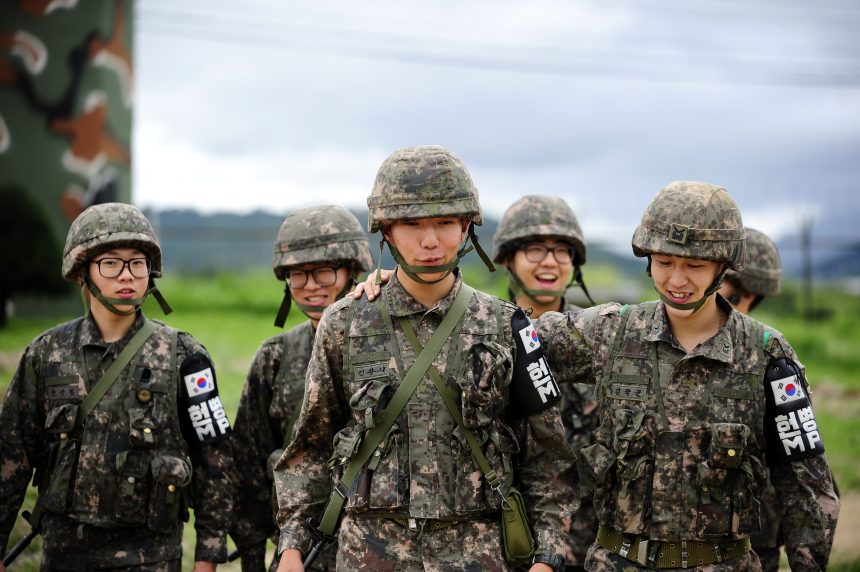Six-Year Decline Tied to Demographic Collapse
South Korea’s active-duty military has shrunk by 20% over the past six years, dropping from approximately 563,000 personnel in 2019 to around 450,000 in 2025. Officials attribute the reduction mainly to a significant fall in the number of men eligible for mandatory service, resulting from the country’s critically low birthrate—the lowest globally at 0.75 in 2024.
Enlistment Pool Shrinks, Readiness Threatened
Between 2019 and 2025, the population of 20-year-old males—the primary group entering military service—plummeted by 30%, down to just 230,000. This demographic collapse has created a shortfall of about 50,000 troops, with a particularly acute deficit of 21,000 in the ranks of non-commissioned officers, raising concerns about operational readiness.
Strategic Adaptations and Persistent Concerns
Despite a robust defense budget exceeding 61 trillion won (approx. US $44 billion)—larger than North Korea’s economy—authorities warn that manpower shortages cannot be fully offset. The military has relied on shorter service terms, now set at 18 months, and technological enhancements, supported by U.S. alliance cooperation and a strengthened domestic arms industry, to uphold capability amidst downsizing.
Broader Demographic Threats to Defense
The shrinking military reflects deeper demographic peril. South Korea’s fertility rate of 0.75 and aging society predicted to dramatically reduce the workforce is jeopardizing national sustainability. Analysts stress the urgency of boosting births, expanding female recruitment, and incorporating automation and AI—echoing trends across East Asia—as traditional conscription models falter.
As South Korea confronts its steep demographic decline, the strain on its defense readiness underscores the far-reaching implications of the nation’s birthrate crisis—not just socially and economically, but strategically as well. Absent transformative policy and recruitment shifts, the challenge of maintaining deterrence capabilities may intensify in the years ahead.











